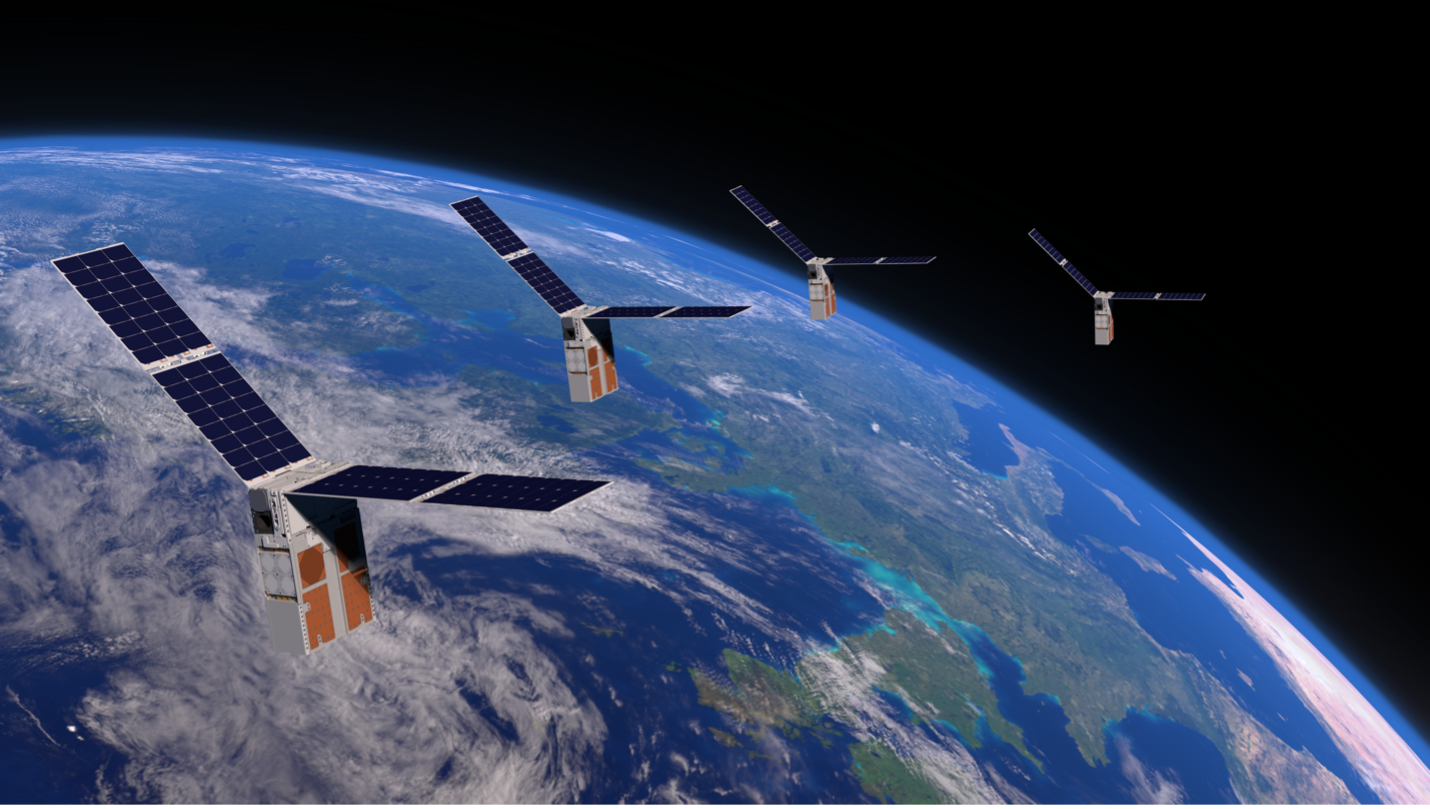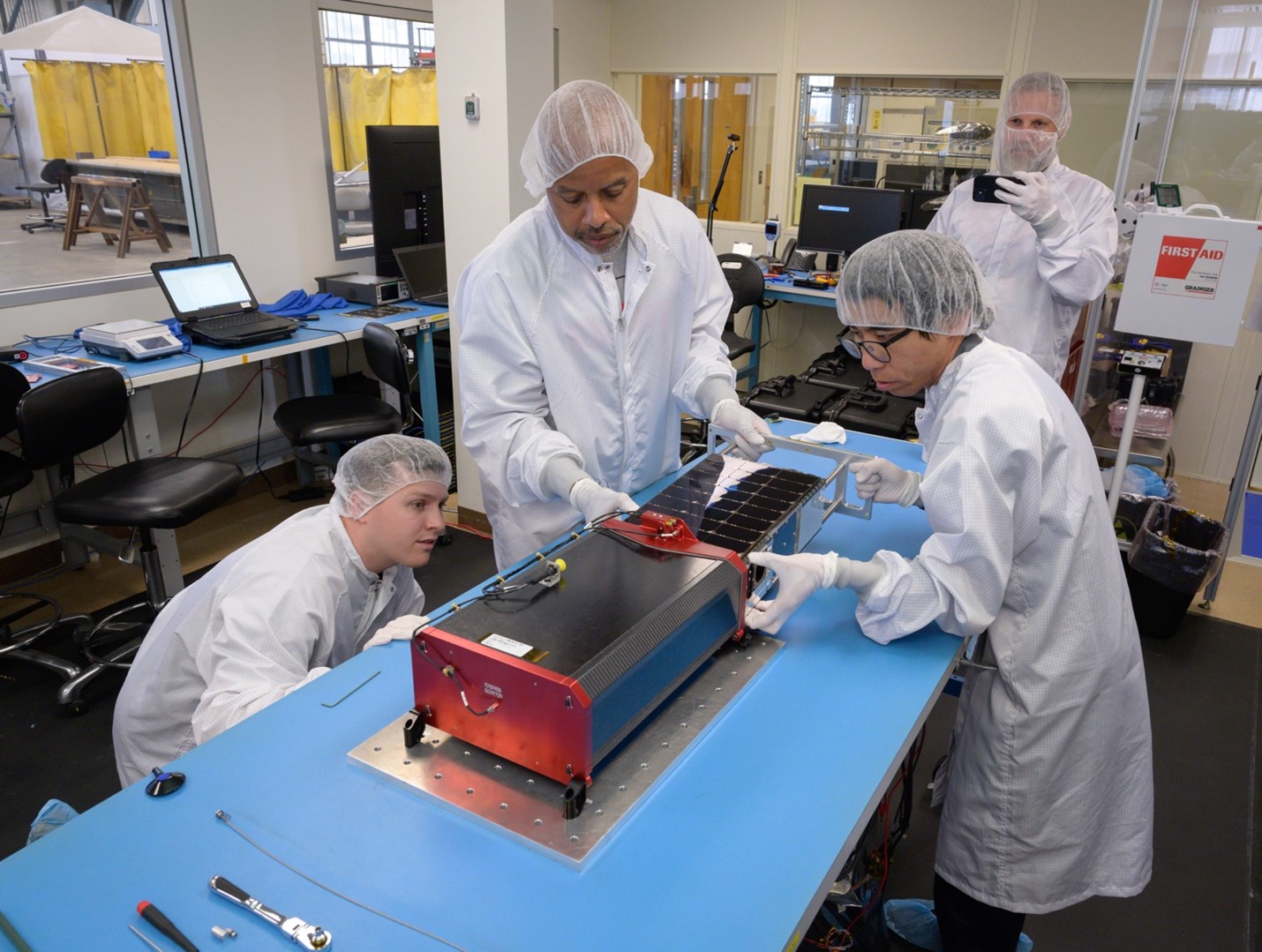Axient Corporate Overview
Discover our breakthrough solutions for mission success.
Learn More
 On July 17, NASA Ames Research Center launched the Starling CubeSats from Rocket Lab’s Launch Complex 1 in Mahia, New Zealand. Starling is a swarm technology demonstration mission that consists of four 6U spacecraft in a sun-synchronous orbit. Blue Canyon Technologies (BCT) provided the spacecraft bus to NASA Ames. Axient’s team integrated and tested the bus and payloads and did full tests of all four fully integrated spacecraft. We supported the development of the Distributed Spacecraft Autonomy (DSA) and the HAMLET propulsion system that was developed at Ames. All four spacecraft use the BCT S-Band radio for downlink communications and each spacecraft can communicate with one another over their S-band crosslink radios. The payload consists of the Bus Interface Card (BIC), which was also developed at Ames, and the Cesium crosslink radio. The payload for each spacecraft uses a Xiphos Q7 as the payload processor. All four spacecraft have a Globalstar simplex transmitter for low-bandwidth, backup communications.
On July 17, NASA Ames Research Center launched the Starling CubeSats from Rocket Lab’s Launch Complex 1 in Mahia, New Zealand. Starling is a swarm technology demonstration mission that consists of four 6U spacecraft in a sun-synchronous orbit. Blue Canyon Technologies (BCT) provided the spacecraft bus to NASA Ames. Axient’s team integrated and tested the bus and payloads and did full tests of all four fully integrated spacecraft. We supported the development of the Distributed Spacecraft Autonomy (DSA) and the HAMLET propulsion system that was developed at Ames. All four spacecraft use the BCT S-Band radio for downlink communications and each spacecraft can communicate with one another over their S-band crosslink radios. The payload consists of the Bus Interface Card (BIC), which was also developed at Ames, and the Cesium crosslink radio. The payload for each spacecraft uses a Xiphos Q7 as the payload processor. All four spacecraft have a Globalstar simplex transmitter for low-bandwidth, backup communications. Through Axient’s work at NASA Ames Research Center, our team supported from Phase A – Phase F (Design, Development, Manufacturing, Integration and Test, Mission Operations, and Closeout) activities. The following areas are supported by our team:
Through Axient’s work at NASA Ames Research Center, our team supported from Phase A – Phase F (Design, Development, Manufacturing, Integration and Test, Mission Operations, and Closeout) activities. The following areas are supported by our team:
(Image Credit: NASA)